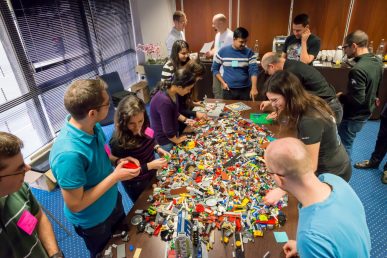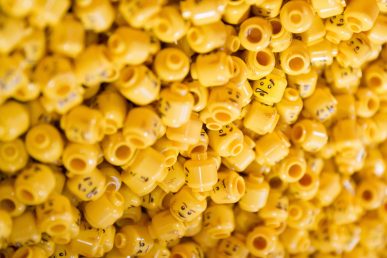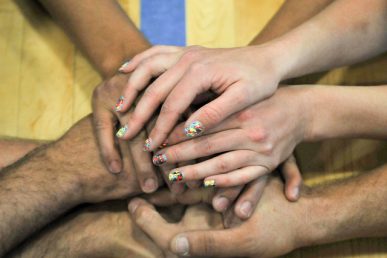These are the most interactive sessions at the Summit, here’s how to make them productive.
Is this your first OpenStack Summit? Unlike most conferences, there’s a section where you’re invited to participate and play an active role (especially if you are an upstream developer or cloud operator!): the Forum. But…where to start?
On Monday, right after the keynotes there’s a session for that. Come to Forum 101 at 11:15 a.m. in MR 104.
It’s an introduction to the format followed by a lively presentation of the most common situations and how to behave when facing them–a mini experience of the Forum. There are various details you should know, including who will be attending, which sessions/talks are the most suitable for beginners and how you can participate. This is also your chance to get answers and understand how to get the most out of it!
If you can’t make it, or want to jump straight into the on-boarding rooms, here are some tips to get you started.
Event goals
The Forum is where the Open Design process happens. Upstream developers and users coming together to make great software.
Boston marks the start of the release cycle for Queens. It’s where everyone in the OpenStack community meet to talk about the very early ideas that could go in that release. We’ll also gather feedback on the past version (Ocata) and have strategic discussions that go beyond just one release cycle. No matter your role, you’re welcome here.
The Forum is also a major on-boarding event for development teams and a place they can hack on code together. So, if you’re interested in joining an OpenStack project check out the “project on-boarding” or “hacking” rooms on the schedule.
What the Forum is definitely not is classic conference track with speakers and presentations! If you’re just starting out on your OpenStack deployment journey, the beginner presentations at the conference will be much more informative ?
Event structure
The bulk of the Forum is comprised of Fishbowl discussion sessions, running Monday to Thursday.
Fishbowl sessions, with chairs arranged in a circle to enable discussion, are where the big debates happen and broader feedback is conducted. They start with a brief recap of the session topic and a definition of the objective–the best participants in these sessions come prepared with knowledge of the topic. Notes are collaboratively taken on an Etherpad (see logistics) and you can volunteer to take the minutes.
One of the key points to note about this room layout is that the people in the front row are the most active in the discussion: if you have something to add, move to the front.
The session lead is expected to keep the discussions focused and ensure the meeting is inclusive, but not answer all of the questions. When only a few minutes are left, they will to get concrete actions out of the discussion : i.e. X will do Z and record them in the Etherpad.
If you are looking to contribute, check for your preferred projects in the pair of Onboarding rooms. Set up as classrooms designed to teach you everything you need to know about the project, its code, and meet more established contributors. Want extra credit? Sign up for OpenStack Upstream Training on the weekend, or read the slides there.
Finally, Hacking rooms are simply spaces with some round tables for ad-hoc collaboration. During the week, you’ll find the sign-up Etherpad fills up with a vast array of interesting topics that you can join. Or, if the room is not being used, feel free to make the most of it to improve OpenStack in the best way you can.
Logistics
As noted before, it’s very rare to see presentations at the Forum. Instead of the usual slides, you’ll see an Etherpad, a text document powered by our favorite collaborative text editor. Anyone can edit the Etherpad, and take notes simultaneously – simply open the link in your browser. Each person writing on the document is assigned a color.
If the discussion is difficult to break into, or you don’t feel comfortable speaking in public, putting your comments directly on the Etherpad is a great way to make sure you are still heard.
Rooms at the Forum come equipped with microphones, to be used as needed. However, note that there’s an important balance between being able to hear to discussion and the speed of the discussion – passing a microphone around breaks up discussion and takes time. Forum sessions are for active participation rather than watching, so whether these are used will depend heavily on the people–some groups like it, some groups hate it.
Tips & tricks
A little prep goes a long way. At the very least, read the Etherpad for the session beforehand.
Cover Photo // CC BY NC
- What to expect from the upcoming OpenStack Forum - September 25, 2017
- How to get the most from your first OpenStack Forum - April 25, 2017
- Breaking down the Barcelona Summit for OpenStack operators - October 19, 2016

)










